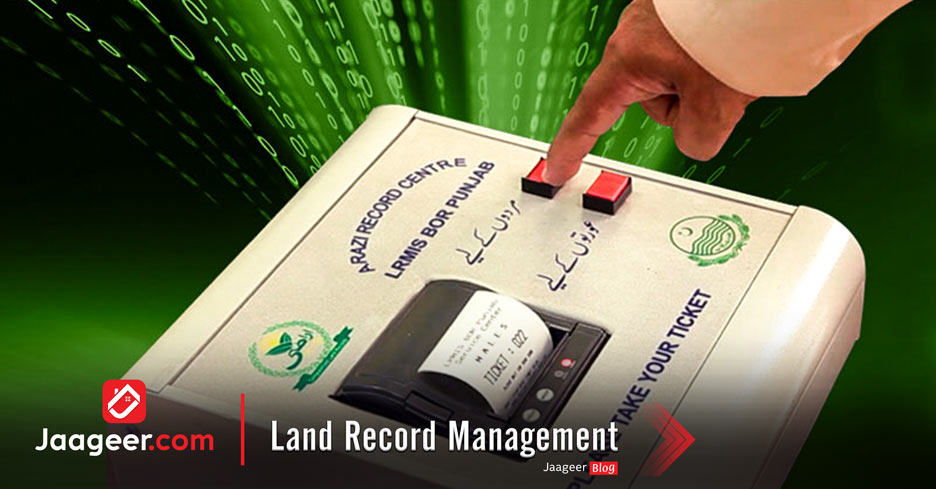Importance of Land
A piece of land, small or big, is of great importance for the one who owns it. People buy a piece of land by earning their whole lives. It is an essential resource for sustainable development. From large cities to remote villages, the land remains one of the most important assets for many people, especially the poor.
Old System of Registry
Worldwide, only 3 out of 10 people have a legally registered title to their land. Landowners often do not go for the procedure of registry so that they can get back their land whenever they want. It is evident that landowners often ask the buyers to return their land as they do not own any legal document of the land. Difficulties associated with land administration and registration systems, together with inequalities of land distribution and tenure insecurity, often hinder social and economic development.
In Pakistan, the province of Punjab faced such a challenge. For many rural landowners in the province, land titles weren’t easily accessible, nor were they properly managed and protected. To tackle the land administration challenge, the government of Punjab turned to an innovative solution; they initialized digital technology to modernize its old, inefficient paper-based land administration system.
Before the Land Records Management Information System (LRMIS) was set up, the Board of Revenue (BOR),​Government of Punjab, operated a land record maintenance system that involved several levels of administration: the district, Tehsil, Qanungo circle, and Patwar circle. At the lowest administrative level of the records system – the Patwar Circle – the Patwaris, who was not only responsible for preparing community maps and issuing land records, but also for many social, political, and administrative tasks. Administrative tasks included keeping weather records, collecting crop harvest information, reporting crimes, and updating the voter registry. Imagine 8,000 Patwaris maintaining the land records – usually very small holdings -- of about 20 million landowners. The Patwaris, who were the custodians of these confidential and important records, kept this information in a cloth bag called Basta.
Digital System of Land Record
In collaboration with the World Bank, the Punjab Land Records Management and Information Systems (LRMIS) project turned out to be one of the success stories for the province of Punjab. Within just five years, Punjab scanned 10 million pages of old records, digitized over 55 million landowners’ records—98% of all records—across the province, and made all rural land title information available online 24/7 for landowners.
Prior to the project, it would take up to two months to complete a land transaction in Punjab. Today, it takes a rural Punjab's resident-only 50 minutes to receive a digitally recorded, legally registered land title from one of the 144 newly created land record offices across all 36 districts of the province. This has helped the province of Punjab enhance the transparency of land administration while securing land rights for its people, including women farmers who were denied their land rights in the old system.
The project was rolled out in all 36 districts of Punjab. The Project has successfully tested linkages between the land records system and the deeds registration system. The biggest achievement of the project is that the time required to complete transactions has been reduced from 2 months to 45 minutes. Land record services are now provided on an automated basis throughout all 150 Tehsil Service Centers. There are many contributing factors to the success of the Project.








